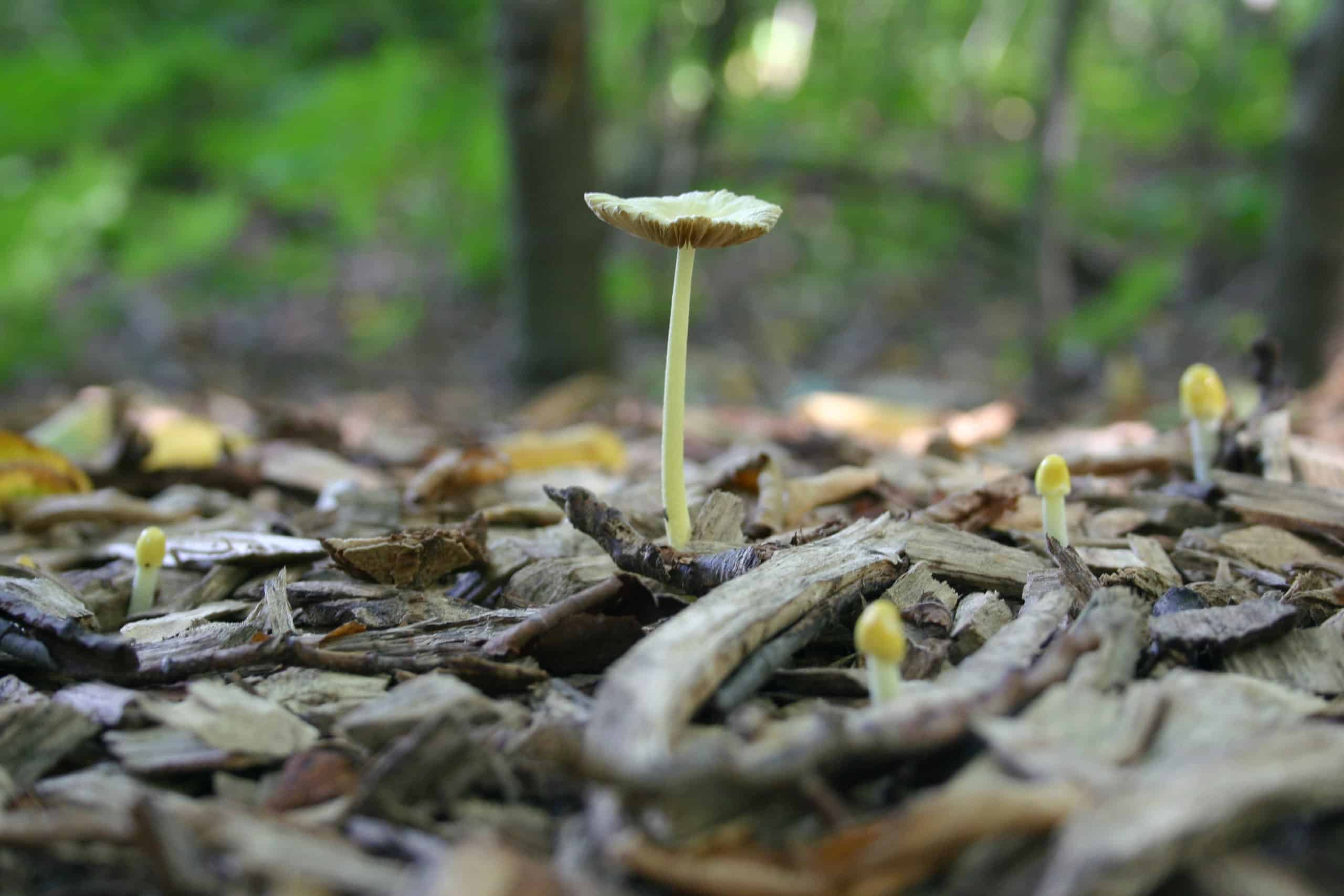Mulch is a secret weapon for gardeners. Not only does it look great, but it also helps fight off weeds, retain moisture, improve soil biology and structure, moderate soil temperature, and prevent certain plant diseases.
However, to get the greatest possible benefits, it’s important to lay and maintain your mulch correctly. Here’s what you need to know to get the most out of mulching.
How often should I mulch?
As a general rule, mulching twice a year in the spring and fall will help keep your mulch looking fresh and your garden healthy. However, a variety of factors — including the type of mulch you use, the kinds of plants you’re growing, the local climate and beyond — can affect how often and when you should mulch. Sogginess, poor drainage, fungus, a sour smell and bare spots are all signs your mulch needs to be refreshed or replaced.
What do I need to do to prepare my garden for mulching?
Before you begin laying mulch, pull out any weeds, making sure to get al the way down to the roots. Examine the quality of your soil and add an amendment, such as Economix, if necessary. Finally, create an edge around the area you want to mulch by digging down a small amount or creating a barrier out of stone or wood. This will help keep the mulch from spreading into undesired areas.
How much mulch should I use?
Too little mulch won’t allow you to gain all the benefits of mulching, but too much can suffocate your plants. In general, you want your mulch to be 2-4 inches deep. Thin layers are better if you are mulching an area with poor drainage, or if you are using a fine-textured mulch, such as grass clippings or twice-shredded bark. Thick layers are better if you are using a coarser mulch, such as bark chips. As you lay mulch, remember that your plants need breathing room — leave some space around the base of the plant, rather than piling mulch up around it.
What type of mulch should I use?
While inorganic mulches do not need to be replenished as often, organic mulches offer many more benefits for your plants. Both organic and inorganic mulches help the soil retain moisture and protect against extreme temperatures, but only organic mulches, such as ES-2 Mulch, help improve soil structure and provide beneficial nutrients.
How should I maintain my mulch over time?
To keep your mulch from clumping together or getting matted down, turn it over each season. When you replenish your mulch, remove some of the old mulch, rather than just adding a new layer on top. This will help keep your mulch from getting too thick and ensure it stays fresh and healthy. Also, remember that mulched areas do not need to be watered as frequently.
Want more mulching tips? Please feel free to contact us — we’re always happy to help!

